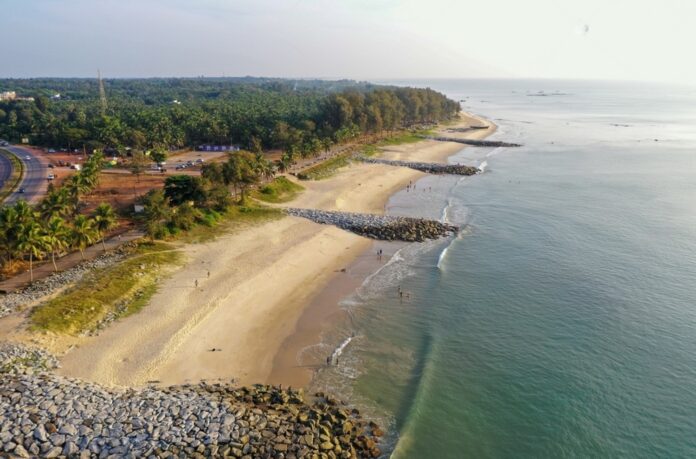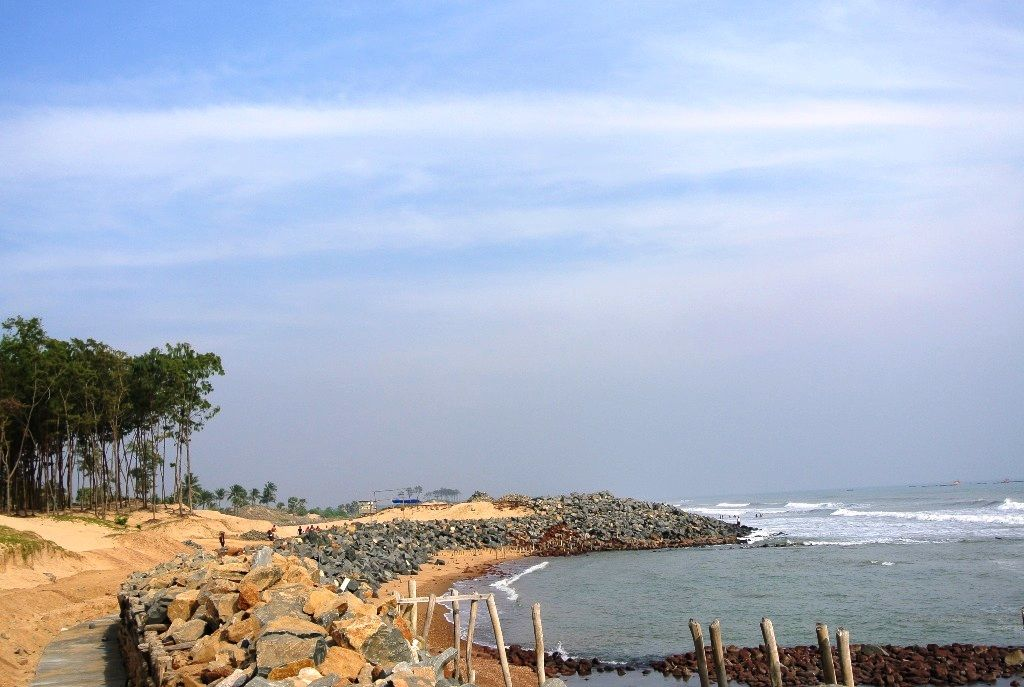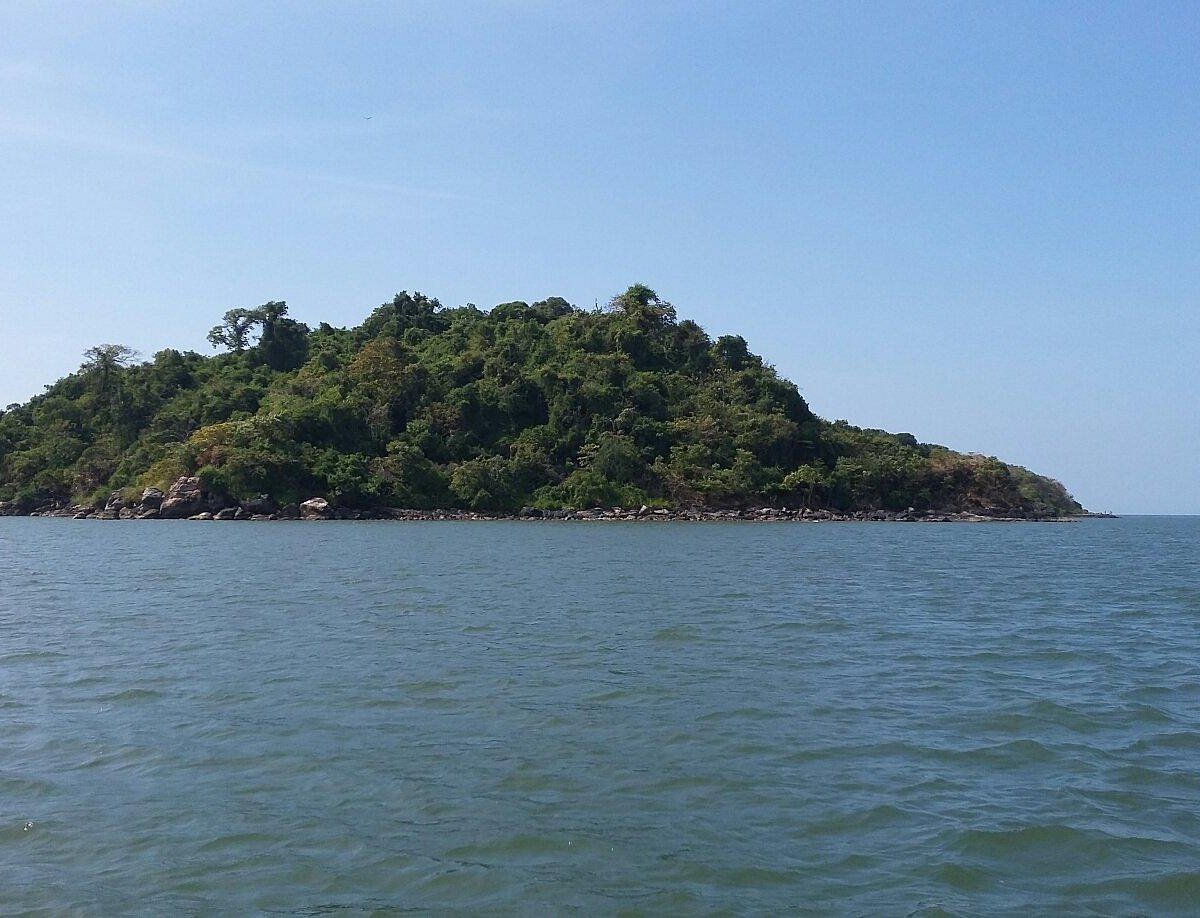From Baithkhol to a Strategic Naval Hub - Discover Karwar's Rich Legacy
Karwar, originally known as Baithkhol (meaning "safe bay" in Arabic), is a coastal city and the administrative headquarters of Uttara Kannada district in Karnataka, India. Located at the mouth of the Kali River where it meets the Arabian Sea, Karwar offers a unique blend of historical significance, natural beauty, and strategic importance.
With the Western Ghats on one side and the Arabian Sea on the other, Karwar has evolved from a trading port to a vital naval base while maintaining its natural charm and cultural heritage.
Nestled between the Western Ghats and the Arabian Sea, Karwar combines historical significance with breathtaking landscapes.
Explore AttractionsOriginally known as Baithkhol (meaning "safe bay" in Arabic), Karwar was controlled by several powerful dynasties including the Chalukyas of Badami, Kadambas of Goa, and Vijayanagara Empire.
Karwar came under the rule of the Adil Shahi Sultanate of Bijapur, followed by brief Portuguese control, and then the Marathas under Chhatrapati Shivaji Maharaj.
After the fall of Tipu Sultan, Karwar came under the control of the British East India Company, marking the beginning of British influence in the region.
The British formally founded Karwar as a port town, recognizing its strategic importance due to the natural harbor at the mouth of the Kali River.
After India's independence in 1947, Karwar became part of Karnataka state and remained a quiet town until its strategic significance increased in later years.
Development of INS Kadamba Naval Base under Project Seabird transformed Karwar into a critical naval defense hub, bringing significant infrastructure improvements while balancing environmental concerns.

Located at the mouth of the Kali River, bordered by the Western Ghats to the east and Arabian Sea to the west. This unique position has made Karwar ideal for maritime trade and defense due to its natural port and calm bay.

Karwar features dense forests, rivers, and long beaches with a tropical climate characterized by heavy monsoons. The region enjoys rich biodiversity, making it both ecologically important and visually stunning.

Home to INS Kadamba, one of India's largest naval bases developed under Project Seabird. The natural deep-water bay provides ideal conditions for a naval harbor, making Karwar strategically vital for national defense.

As the headquarters of Uttara Kannada district, Karwar balances its military significance with traditional industries that support the local economy.

Karwar features a multilingual population speaking Kannada, Konkani, Marathi, and Hindi. The city is culturally diverse yet socially harmonious, celebrating various regional festivals and traditions that reflect its rich heritage.
The local cuisine, arts, and cultural practices showcase the blend of influences from neighboring regions while maintaining a distinct coastal Karnataka identity.

Recent decades have seen significant infrastructure development including improved roads, defense colonies, and shipyards. While this growth has brought economic opportunities, it has also raised concerns about environmental impact and displacement.
Karwar continues to evolve as a city that balances strategic importance with sustainable development and preservation of its natural beauty.